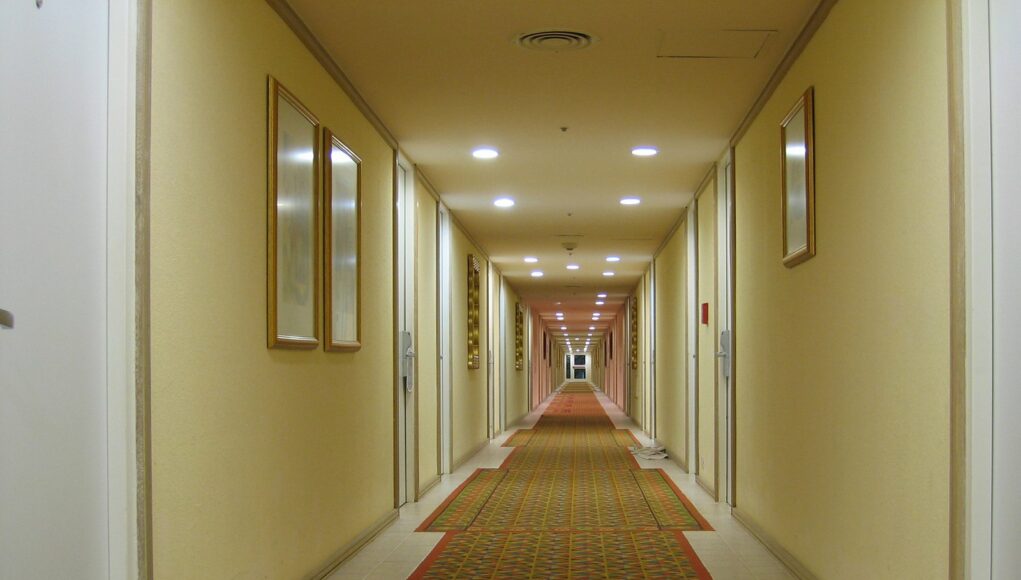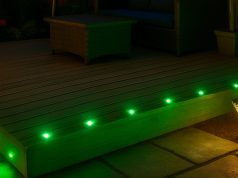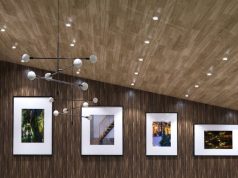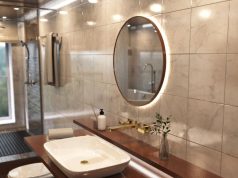LED downlights are rising in popularity among customers looking for lighting for various purposes. It is hard to wonder why – LED bulbs are highly efficient, low-maintenance, and eco-friendly, while downlights are incredibly versatile. They can be used as task lighting to create focal points (for example, in the kitchen), or be strategically placed all around the room to light up the entire space as the general lighting.
The key to achieving the desired effect is the right number of lights. The final number will depend on many different factors, such as the size of the room, its decor and use, the amount of natural light, etc. However, there are some general rules that you should follow to calculate how many downlights you will need for lighting the space properly.
To learn about the details, just keep reading!
Plan It Carefully
It is always a great idea to put everything on paper first, even if you don’t work with a professional designer. It may be challenging to visualise it all in your head, and creating a plan will provide you with a much-needed perspective. This way, you’ll be able to make some changes in the initial stages of the project, so that you’ll avoid making a mess later on. It will help you determine whether your ideas are really worth considering.
Identify the Focal Points
Once you have a self-made blueprint of your room, make sure to include furniture in it to be able to determine all the necessary focal points that will need more light than other places. For example, when it comes to the kitchen, you probably would like your countertops to be well-lighted, while in the bathroom, there should be more lights around the sink and the mirror.
Start your planning with focal points and plan the rest downlights in the room around them.
Determine How Much Light You Need
The general brightness of the light is measured in lumens. Make sure not to confuse them with watts, which refer to how much electricity a bulb needs to produce light.
The rule of thumb here is to determine the square metres of the room (multiply the length by the width) and the lux measurements (how bright a light is on the surface, that is away from the light source – one lumen per square metre). Multiply one by another, and you will get the number of needed lumens. Bear in mind that it is only a suggestion and may not apply to all interiors. For example, if you have dark walls in a room, it may be a good idea to add 10 lumens more per square metre. You may also have some individual preferences, and they should be taken into consideration as well. If you prefer bright spaces, just go for it.
A regular home lighting should be around 150 lux. However, for working or studying, you will need around 500 lux for optimal illumination, while more detailed tasks will require at least 750 lux.
Consider the Lights
Obviously, not all downlights are the same, so it is vital to consider the variables, especially if you opt for some non-standard lighting solutions.
A light with a narrower beam angle will be perfect for task lighting but may become irritating if used as a part of general lighting.
If you plan to install lights in your bathroom, you should pay more attention to the IP ratings, which refer to the waterproofness of the bulbs.
Consider the Ceiling Height
When it comes to planning the lights according to your ceiling height, the rule of thumb is to divide it by 2. For example, if your ceiling is 3 metres high, the downlights need to be around 1.5 metres apart from each other. However, remember not to follow any rules blindly. If you choose brighter bulbs, you may want the lights further apart; some spaces may not require to be as well-lighted as others. Your decor style is also of great importance, as well as the purpose of the room.
Mind the Edges
You don’t want to place any lights too close to the edges of your ceiling or walls, as it will create shadows, which won’t look good in any room. Shadows make space seem smaller, plus, they create an uncomfortable atmosphere. Usually, it is recommended to keep downlights at least half a metre away from the edges.
Too Many Are Better Than Too Few
If you ever have any doubts, it is best to get too many lights than risk dark spots. If you end up overlighting your space, all you need is a dimmer switch to adjust the lighting. Dimmers will allow you to have it all – a bright, well-lighted room as well as a cosy, romantic atmosphere when needed. Keep in mind, though, that many LED downlights may not work well with some (or all) dimmers, so make sure to contact a professional first.
Placing Downlights in Different Rooms
- Kitchen
The kitchen is probably the first room that comes to mind when you think about task lighting. Workspaces should be well-lighted, so you can either install a larger number of smaller lights or choose bigger downlights with more lumens.
Task lighting should be placed around 0.75 metres above the surface with optimal lux measurements around 300.
- Bedroom & Living Room
Bedrooms and living rooms are similar because, in both, you will probably aim for the most diversified lighting of all rooms. On the one hand, you would like to be able to create a cosy, lovely atmosphere; on the other hand, both spaces may require task lighting (for example, for reading). That’s why dimmers are a popular choice, especially for living rooms.
The optimal measurements here would be 150 lux.
- Bathroom
When it comes to bathrooms, it is very likely that you use this room for putting your make-up on or shaving; therefore, you will need quite a bright light around the sink and the mirror. However, you probably love to relax there as well, especially if you have a bath, so you may want to be able to change the atmosphere.
It is best to opt for the general lighting with measurements of 200 lux.
Final Thoughts
The number and placement of downlights can make or break the entire room, no matter the design. Poorly lighted space will be uncomfortable to spend time in, and you probably wouldn’t like to avoid any rooms in your own house.
LED downlights are a great option because of their versatility and efficiency, but make sure you don’t make any rushed decisions. Plan the lighting thoroughly, considering all the factors and variables – only then can you achieve the desired effect and be satisfied.
Of course, every room is different and should be treated individually, but by following several simple rules, you will make the whole process of choosing the lighting much easier. If you feel like this is too much, you can also find special calculators available online, or contact an expert for tailored advice.












